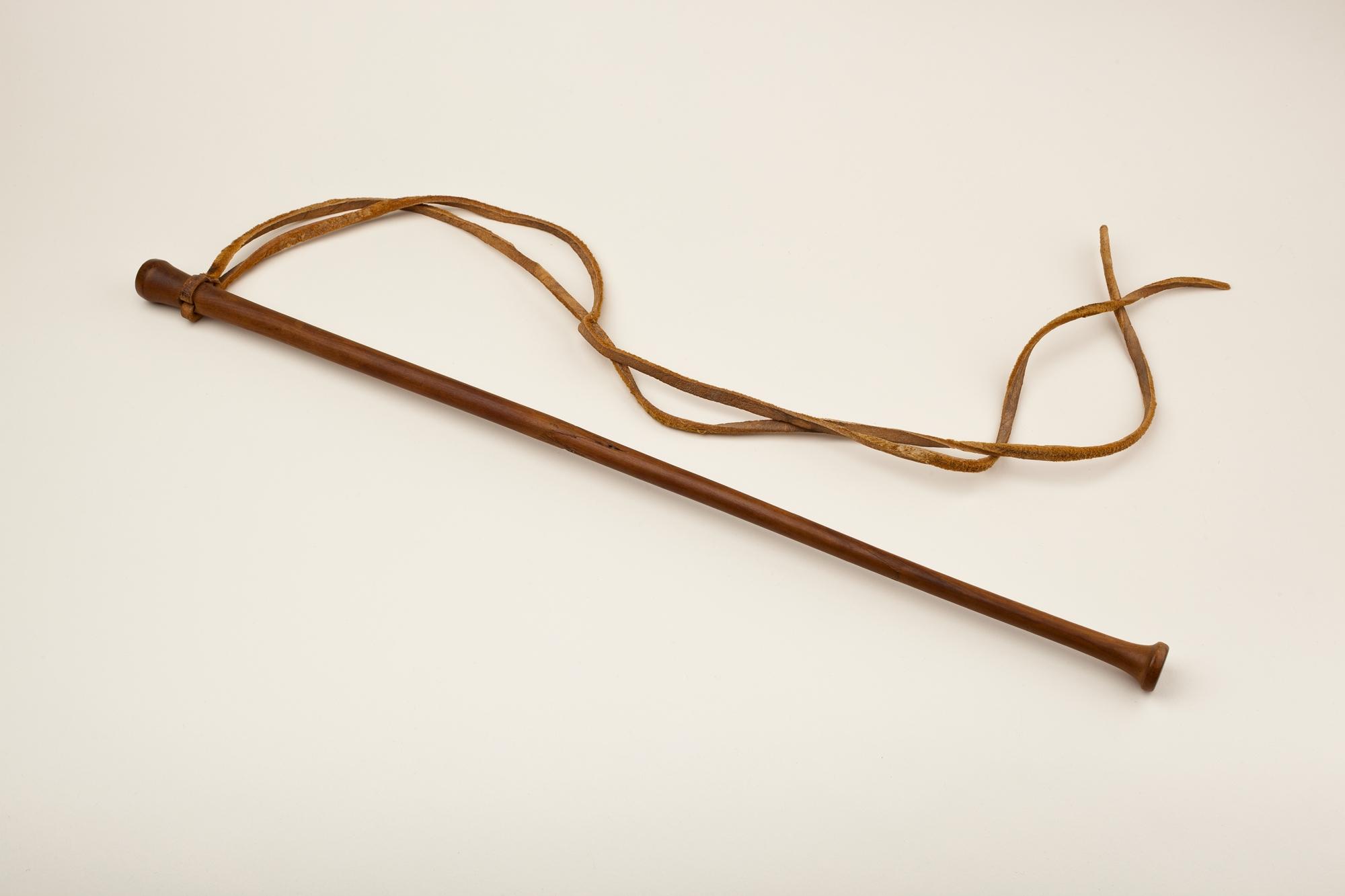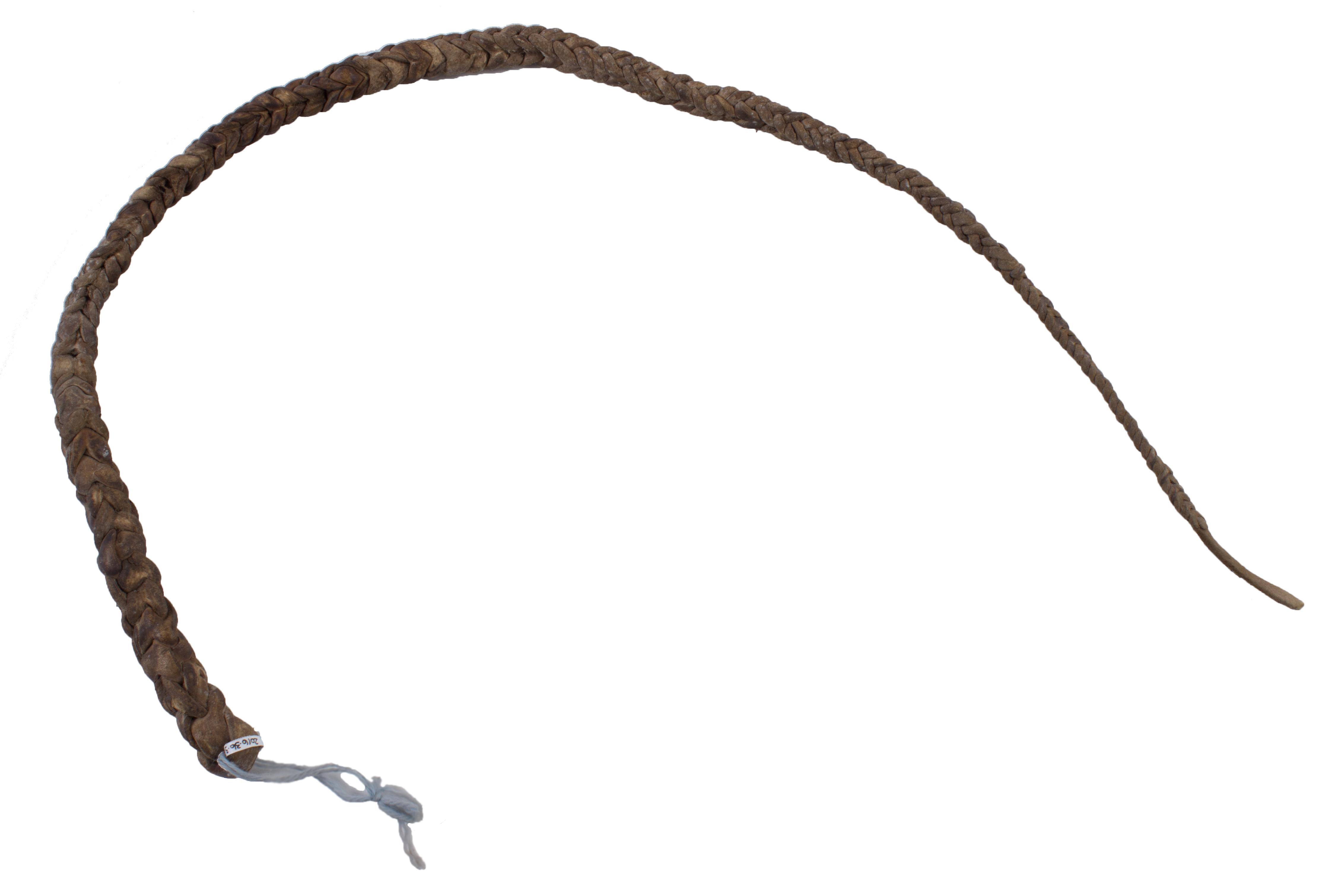
Whips, an age-old tool that has fascinated and intrigued humans for centuries, hold a unique place in various cultural practices and historical events. While commonly associated with horsemanship or circus performances, the whip is a versatile instrument with an array of applications beyond its flashy appearances. Whether you’re a newcomer or someone looking to refine your skills, this article aims to provide an informative and neutral guide on how to effectively use a whip. From understanding its anatomy and selection, to mastering the techniques and ensuring safety, we invite you to delve into the art and utility of whip handling, uncovering a world you may have only witnessed from a distance.
Selecting the Right Whip for Your Needs
Whips are versatile tools that can be used for various purposes, from horseback riding to BDSM practices. However, can be a daunting task. There are several factors to consider, including the material, length, and flexibility of the whip. In this post, we will guide you through the process of choosing the perfect whip that suits your specific requirements.
-
Material: The material of the whip plays a crucial role in its performance and durability. Leather whips are the most common and widely used as they provide the perfect combination of flexibility and durability. Synthetic materials like nylon or polyester can be a more affordable alternative, but they may not offer the same level of comfort or longevity. Consider your intended use and budget when deciding on the material of your whip.
-
Length: The length of the whip determines its reach and maneuverability. A shorter whip, typically around 3 to 4 feet in length, is ideal for close-quarters activities such as training horses or indoor BDSM play. On the other hand, longer whips, ranging from 6 to 8 feet in length, offer more flexibility and are better suited for outdoor activities like cattle herding or outdoor BDSM scenes. Determine your specific needs and the space available to you before deciding on the length of your whip.
-
Flexibility: The flexibility of a whip affects the speed and accuracy of your strikes. A more flexible whip allows for faster movements and is ideal for activities that require quick and precise strikes, such as horse training or advanced BDSM play. On the contrary, a stiffer whip provides more control and is better suited for beginners or activities that require slower and more deliberate strikes. Consider your skill level and the desired level of control when choosing the flexibility of your whip.
-
Handle: While the focus is often on the whip itself, it’s essential not to overlook the importance of a comfortable and secure handle. A well-designed grip can enhance your control and prevent accidental slips during use. Look for a handle that is ergonomically shaped, provides a non-slip surface, and fits comfortably in your hand. Some whips also come with additional features like wrist straps or loops for added security.
-
Maintenance: To ensure the longevity of your whip, proper maintenance is essential. Leather whips may require periodic conditioning with specialized leather oils to prevent drying and cracking. Synthetic whips are generally low maintenance but may benefit from regular cleaning to remove dirt and debris. Store your whip in a cool and dry place, away from direct sunlight, to prevent any damage. Regularly inspect your whip for signs of wear and tear, and replace it if necessary to maintain safety and performance.
In conclusion, involves considering factors such as material, length, flexibility, handle design, and maintenance requirements. By taking these factors into account, you can ensure that the whip you choose is not only suited to your intended use but also provides you with comfort, control, and durability. Whether you’re an equestrian, a BDSM enthusiast, or someone looking for a unique tool, the perfect whip is out there waiting for you. Choose wisely and enjoy the many possibilities it offers.
Q&A
Q: How do I properly hold a whip?
A: To hold a whip correctly, start by grasping the handle firmly with your dominant hand. Your thumb should be at the top of the handle and your fingers wrapped securely around it. Make sure your grip is comfortable and allows for flexibility.
Q: What is the correct way to crack a whip?
A: Crack a whip by initiating a smooth and controlled motion. Begin by extending your arm fully in front of you with the whip handle pointed towards the target area. Then, swiftly snap your arm downward while simultaneously flicking your wrist. This action will create a small sonic boom and generate the crack sound.
Q: What should one consider when choosing a whip?
A: When selecting a whip, consider the intended purpose and your experience level. A beginner might opt for a shorter and lighter whip, whereas an experienced user might prefer a longer and heavier one. Additionally, consider the material of the whip, such as nylon, leather, or paracord, to ensure it suits your specific needs.
Q: How can I ensure whip safety?
A: Prioritize safety when using a whip by practicing in a wide, open area with no obstacles or people nearby. It is crucial to maintain a safe distance from others, as the whip’s tip can travel at high speeds and may cause harm if it unintentionally hits someone. Wear protective gear such as gloves and safety glasses, especially during the learning phase.
Q: Are there any specific techniques to improve whip handling skills?
A: Yes, there are various techniques to enhance whip handling skills. One such technique is “the figure eight” exercise; it involves tracing a figure eight pattern in the air with the whip, allowing you to practice control and accuracy. Additionally, practicing with different targets, such as cans or objects hanging from strings, can help improve your aim and precision.
Q: Can a whip be used for other purposes apart from animal training?
A: Yes, whips have applications beyond animal training. They can be used as props for performances, such as in circus acts or theatrical shows. Some individuals also participate in whip cracking as a sport, showcasing their skills and accuracy in competitions. Whips can also serve as decorative items or be used in traditional practices and rituals.
Q: How should I care for and store my whip?
A: Proper care and storage are essential for maintaining the longevity of your whip. After each use, wipe down the whip with a clean cloth to remove any dirt or debris. Avoid storing your whip in excessively humid or hot environments as it can damage the materials. Ideally, hang the whip on a sturdy hook or lay it flat in a cool, dry place to prevent it from getting tangled or deformed.
Q: Can anyone learn how to use a whip effectively?
A: Yes, with practice, patience, and dedication, anyone can learn how to use a whip effectively. It is important to start with basic techniques and gradually progress to more advanced tricks and maneuvers. Learning from an experienced whip handler or attending specialized workshops can also provide valuable guidance and support during the learning process. In conclusion, learning how to use a whip can be an exhilarating skill to acquire. With proper technique and practice, you can confidently wield this versatile tool for various purposes. Remember, safety should always be the top priority, so make sure to wear protective gear and maintain a safe distance from yourself and others while handling a whip. From animal training to recreational activities, a whip can serve you well in a range of scenarios. By mastering the different types of whips and understanding the mechanics behind their movement, you can achieve precision and finesse in your whip handling skills. As with any skill, practice makes perfect, so be patient and dedicated in your journey towards becoming a proficient whip handler. Whether you’re riding horses, performing tricks, or simply seeking a unique hobby, the knowledge gained from this article should provide you with a solid foundation to start your whip journey. So gather your courage, practice your technique, and enjoy the empowering experience of using a whip.






